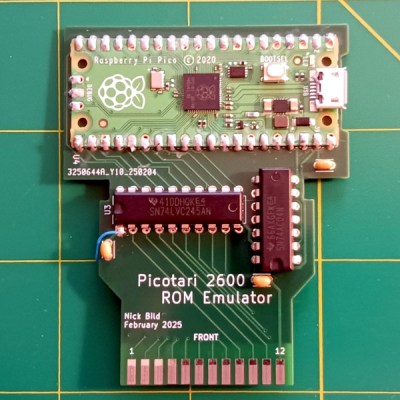The Pomdoro technique of time management has moved on a little from the tomato-shaped kitchen timer which gave it a name, as [Rukenshia] shows us with this nifty ESP32 and e-paper design. It’s relatively simple in hardware terms, being a collection of off-the-shelf modules in a 3D printed case, but the software has a custom interface for the friend it was built for.
At its heart is a NodeMCU board and a Waveshare display module, with a rotary encoder and addressable LED as further interface components. A lot of attention has been paid to the different options for the interface, and to make the front end displayed on the screen as friendly and useful as possible. Power comes via USB-C, something that should be available in most working environments here in 2025.
We’ve tried a variant on this technique for a while now with varying success, maybe because a mobile phone doesn’t make for as good a timer as a dedicated piece of hardware such as this. Perhaps we should follow this example. If we did, the Hackaday timer couldn’t possibly use an ESP32.



















